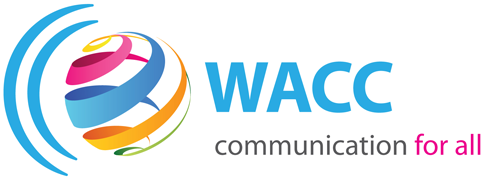“Media can provide vital information to people in humanitarian emergencies. It can also do much more to help people cope during emergencies, such as provide psychosocial support, connect people with others, prompt discussion, and motivate people to take actions to improve their lives,” says BBC...
A WACC-supported project is training members of migrant and host communities on both sides of the Colombian–Venezuelan border as citizen reporters to provide accurate information, address common issues, and foster social cohesion.
The Binational School of Community Communication is an integration initiative based on exercising the...
The 2024 Summer Olympics – or the XXXIII Olympiad – are finally here! Whether you, or I, get to watch any of the games, livestreamed and in full, is a separate issue.
Those of us old enough to remember will recall a time when the Olympics were...
A WACC-supported project is advancing community radio as a channel for Indigenous communities in Belize, El Salvador, Guatemala, Nicaragua, and Panama to advocate for their rights.
Run by the Estor Association for Integral Development (AEPDI), a Guatemalan organization supporting Indigenous social justice and development, the project...
A WACC-supported project run by Ideosync Media Combine is enhancing digital inclusion of the Soliga Indigenous communities in the Biligiri Rangan Hills of southwestern India’s Karnataka state.
The Soliga tribal communities, with 60,000 members, have faced decades of disenfranchisement. They have been advocating over the past...
Football (soccer), the world’s most popular—and we would argue most beautiful—sport, has become a multi-million-dollar industry marked by astronomical salaries, stadiums that look like spaceships, and billion-dollar sponsorship and television deals.
The sport is regulated by FIFA at the global level and groups like CONMEBOL and...







